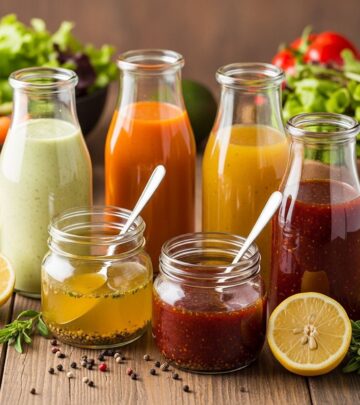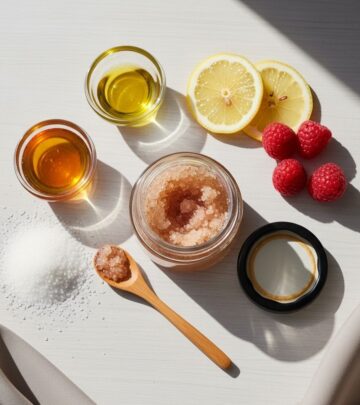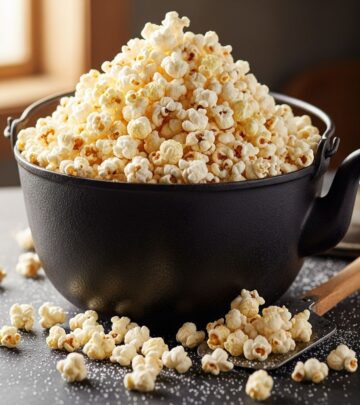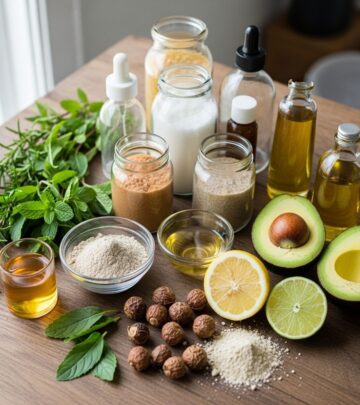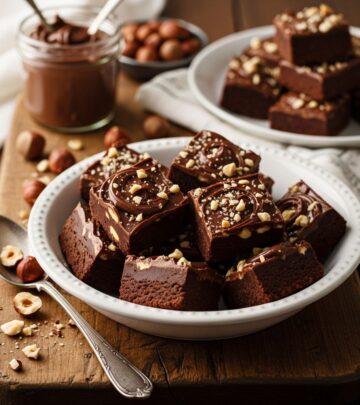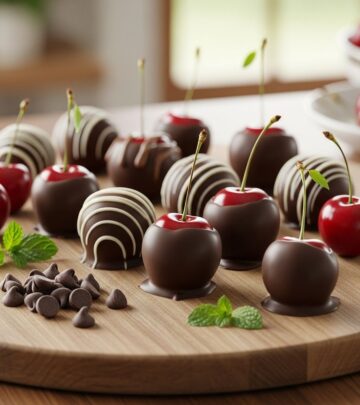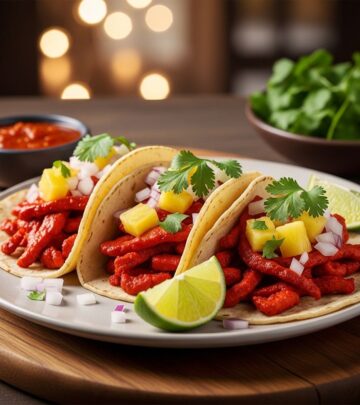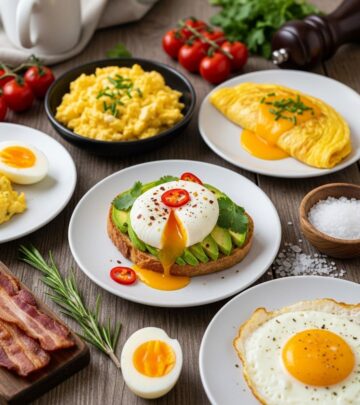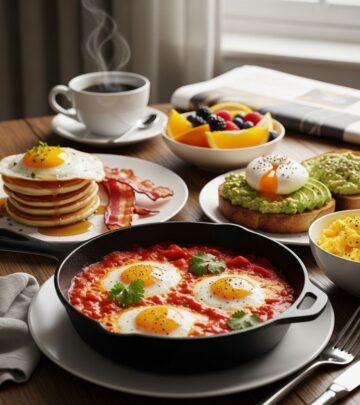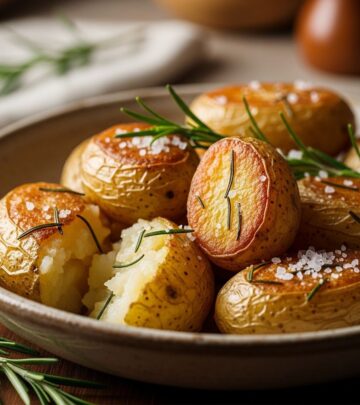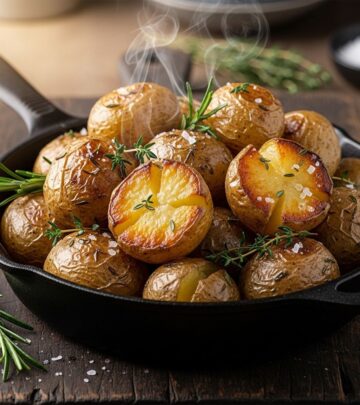Perfect Polenta Recipe: 9-Step Guide For Creamy Results
Discover the secrets to creamy, lump-free polenta every time—with tips, variations, and serving ideas.
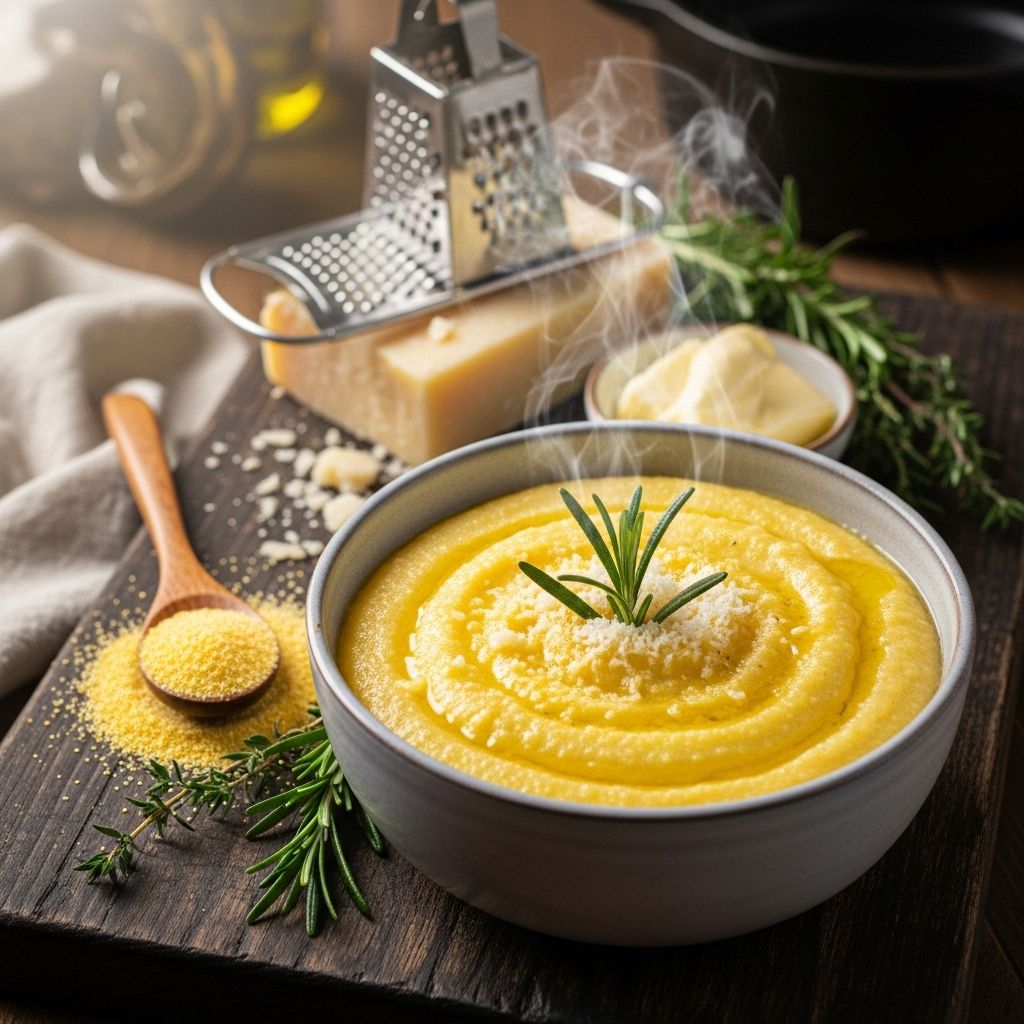
Image: HearthJunction Design Team
How to Make Perfect Polenta: The Ultimate Guide
Polenta is a timeless Italian comfort food, beloved for its creamy texture, simple ingredients, and endless versatility. Whether you’re serving it as a rustic side or the centerpiece of a comforting meal, this classic cornmeal dish is easy to master at home. In this comprehensive guide, you’ll learn the fundamentals of perfect polenta, explore essential tips, discover serving ideas, and find answers to the most common questions about this delicious staple.
What Is Polenta?
Polenta is a dish made from coarse cornmeal that is slowly cooked in water or broth until thick and creamy. Originally a humble peasant food from Northern Italy, polenta has become a popular side or main dish around the world. It can be served soft and creamy, chilled and sliced, or even grilled and baked for added texture.
Ingredients for Perfect Polenta
- 4 cups water
- 1 teaspoon fine salt
- 1 cup polenta (coarse-ground yellow cornmeal)
- 3 tablespoons butter, divided
- 1/2 cup freshly grated Parmigiano-Reggiano cheese, plus more for garnish
These classic ingredients form the foundation for creamy, traditional polenta. You can adjust quantities to suit your taste or number of servings.
Step-by-Step Directions
- Gather Ingredients: Set out all ingredients before you start cooking for a smooth process.
- Boil Water and Salt: In a large saucepan, bring 4 cups of water and 1 teaspoon fine salt to a boil.
- Add Polenta Gradually: Pour 1 cup of polenta slowly into the boiling water, whisking constantly. This prevents lumps and ensures a silky texture.
- Simmer and Whisk: Reduce heat to low and simmer, continuing to whisk frequently. After about 5 minutes, the mixture starts to thicken; it should remain slightly loose at this stage.
- Cover and Cook: Cover the pan and cook for 30 minutes. Whisk every 5 to 6 minutes to prevent sticking and to keep the mixture smooth. As it thickens, switch to a wooden spoon for easier stirring.
- Check for Doneness: The polenta is ready when creamy and the grains are tender. Cooking times may vary depending on the grind of your cornmeal—typically around 30 minutes.
- Add Butter and Cheese: Turn off the heat, then stir in 2 tablespoons of butter until partially melted. Mix in 1/2 cup Parmigiano-Reggiano cheese until fully incorporated and melted.
- Rest and Thicken: Cover the pan again and let the polenta rest for 5 minutes. It will thicken slightly as it stands.
- Serve: Stir the polenta, transfer to a serving bowl, and top with the remaining 1 tablespoon of butter and extra grated cheese for garnish.
Tips for Creamy, Lump-Free Polenta
- Use the Right Ratio: A classic water-to-polenta ratio is 4:1, but some chefs recommend 5:1 for extra creaminess.
- Whisk Constantly at First: Adding polenta gradually to boiling water while whisking prevents lumps.
- Cook Low and Slow: Gentle, low heat is crucial for even cooking and a smooth texture.
- Be Patient: Good polenta requires time. Frequent stirring (every 5 to 6 minutes) keeps it silky and prevents sticking.
- Adjust Liquid as Needed: If the polenta gets too thick during cooking, add a splash more water and stir to loosen.
- Finish with Butter and Cheese: Enriches the flavor and adds luxurious creaminess.
Common Variations and Enhancements
Polenta is endlessly adaptable. Here are some delicious ways to make it your own:
- Swap Water for Stock: Use chicken, vegetable, or beef stock for deeper flavor.
- Add Dairy: Incorporate milk, half-and-half, or cream for richer, silkier polenta.
- Try Different Cheeses: Stir in pecorino, fontina, gorgonzola, or your favorite cheese for unique flavor profiles.
- Infuse with Herbs: Add chopped fresh herbs like rosemary, thyme, or sage towards the end of cooking.
- Make It Vegan: Use olive oil instead of butter and omit cheese or use vegan alternatives.
Serving Suggestions
Polenta is incredibly versatile and can be enjoyed in various ways. Here are popular serving ideas:
- Soft and Creamy: Serve as a base for hearty stews, braised meats, or roasted vegetables.
- Chilled and Sliced: Pour cooked polenta into a loaf pan, let it firm up, then slice and grill, roast, or fry for a crisp exterior.
- Breakfast Polenta: Top with sautéed mushrooms, a poached egg, and chives.
- Cheesy Polenta: Load up on cheese for a decadent comfort food side.
- Polenta Fries: Cut chilled polenta into sticks and bake or fry for a fun appetizer.
Polenta Troubleshooting
- Lumpy Texture: Usually caused by adding polenta too quickly or not whisking at the start. Always add gradually, whisking vigorously.
- Too Thick or Stiff: Add more hot water or stock to loosen the polenta, whisking until smooth.
- Burned Bottom: Stir frequently and use low heat. If your pan runs hot, use a heat diffuser.
Storing and Reheating Polenta
- Refrigeration: Store leftover polenta in an airtight container in the refrigerator for up to 4 days.
- Reheating: For creamy polenta, reheat gently in a pan with a splash of water, milk, or broth, stirring until loosened and warm.
- Reuse: Chilled polenta can be sliced, grilled, or fried for another meal.
Nutrition Information (Per Serving)
| Nutrient | Amount (Approximate) |
|---|---|
| Calories | 240 |
| Fat | 11g |
| Carbohydrates | 28g |
| Protein | 7g |
| Sodium | 550mg |
Values may vary depending on specific ingredients and serving size.
Polenta FAQ
What type of cornmeal is best for polenta?
Use coarse or medium-ground yellow cornmeal labeled “polenta” if available. Avoid finely ground cornmeal, which results in a mushy rather than creamy texture.
Can I make polenta ahead of time?
Yes! You can make and chill polenta for slicing, grilling, or frying later, or reheat creamy polenta with additional liquid over low heat.
Is polenta gluten-free?
Yes, polenta is naturally gluten-free, making it a great option for those avoiding wheat products.
Can I make polenta in a slow cooker?
Absolutely. Combine water (or stock) and polenta in your slow cooker and cook on low for 4 hours, stirring occasionally for the creamiest result.
How do I keep polenta from sticking to the pot?
Cook over low heat and stir frequently, especially at the bottom and sides of the pot. A heavy-bottomed saucepan helps distribute heat evenly.
Expert Tips and Tricks
- Pulse cornmeal in a blender before cooking for an extra creamy result and faster cook time.
- Finish with a drizzle of olive oil or a pat of butter for gloss and depth.
- Flavor upgrades: Stir in garlic, black pepper, or chili flakes during cooking for added punch.
- For extra richness, add a splash of cream just before serving.
Polenta vs. Grits: What’s the Difference?
| Polenta | Grits |
|---|---|
| Made from yellow corn (typically) | Made from white or yellow corn (hominy) |
| Coarser grind | May be finer grind |
| Italian origin | Southern U.S. origin |
| Often includes cheese and butter | Popular with cheese, milk, or savory toppings |
Creative Ways to Serve Polenta
- With Tomato Sauce: Sauté garlic and onions, add tomatoes and fresh basil, and spoon the sauce over creamy polenta.
- Under Roasted Vegetables: Top with a mix of seasonal roasted veggies and a drizzle of balsamic glaze.
- As a Breakfast Bowl: Add crispy bacon, sautéed spinach, and a soft-boiled egg.
- Italian Sausage & Peppers: Serve grilled sausages and sautéed peppers over soft polenta for a hearty meal.
- Polenta Lasagna: Layer sliced, chilled polenta with marinara, mozzarella, and herbs, then bake until bubbly.
Conclusion
Polenta is a simple, satisfying, and endlessly adaptable dish that deserves a place in every cook’s repertoire. With the guidelines above, you can achieve perfect, creamy polenta every time—ready to serve as a comforting side, a vegetarian main, or a blank canvas for your culinary creativity. Try classic recipes, get inventive with toppings, or reinvent leftovers for new meals. Enjoy polenta’s rustic charm and versatility in your kitchen today!
References
Read full bio of Srija Burman

